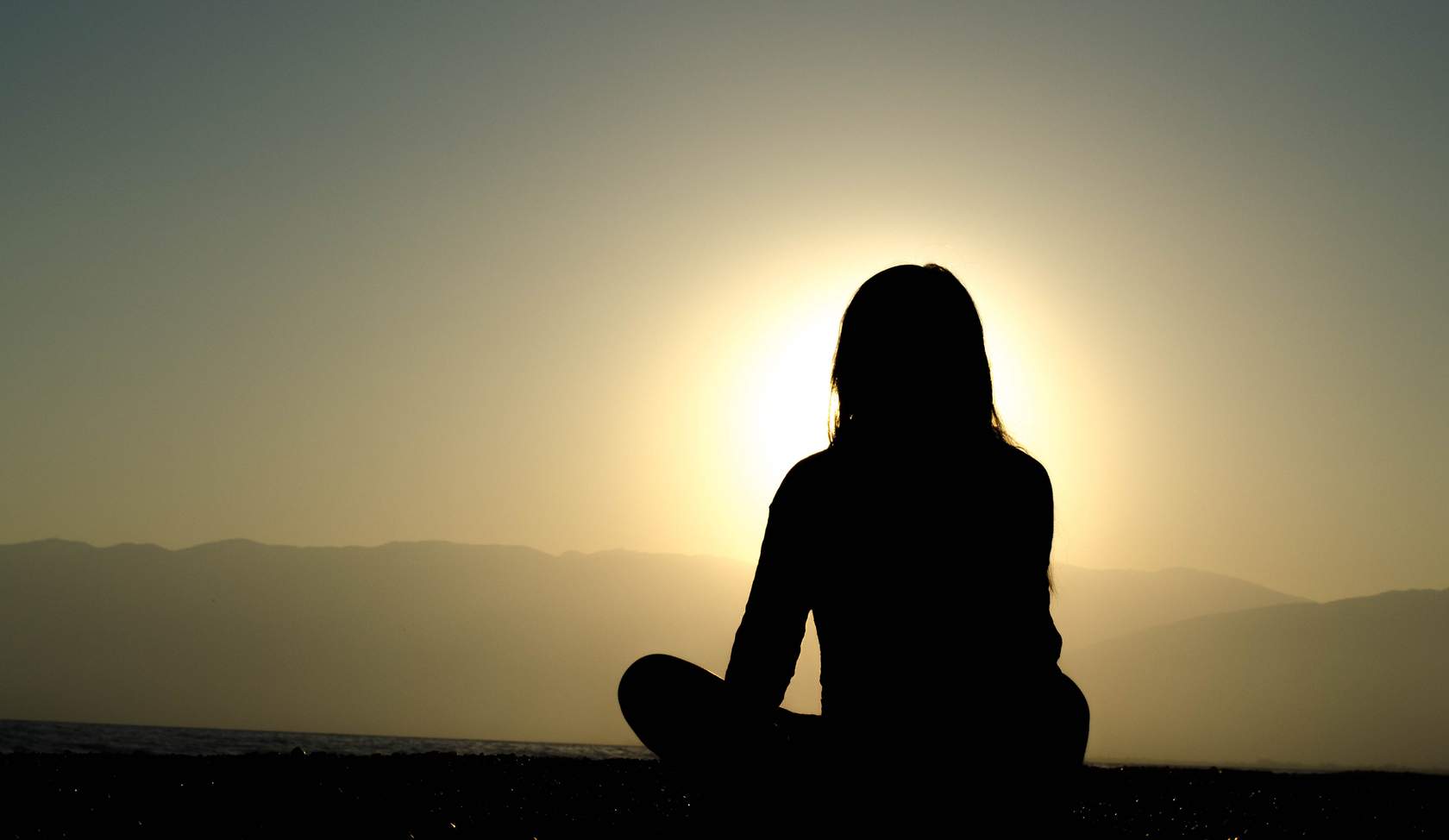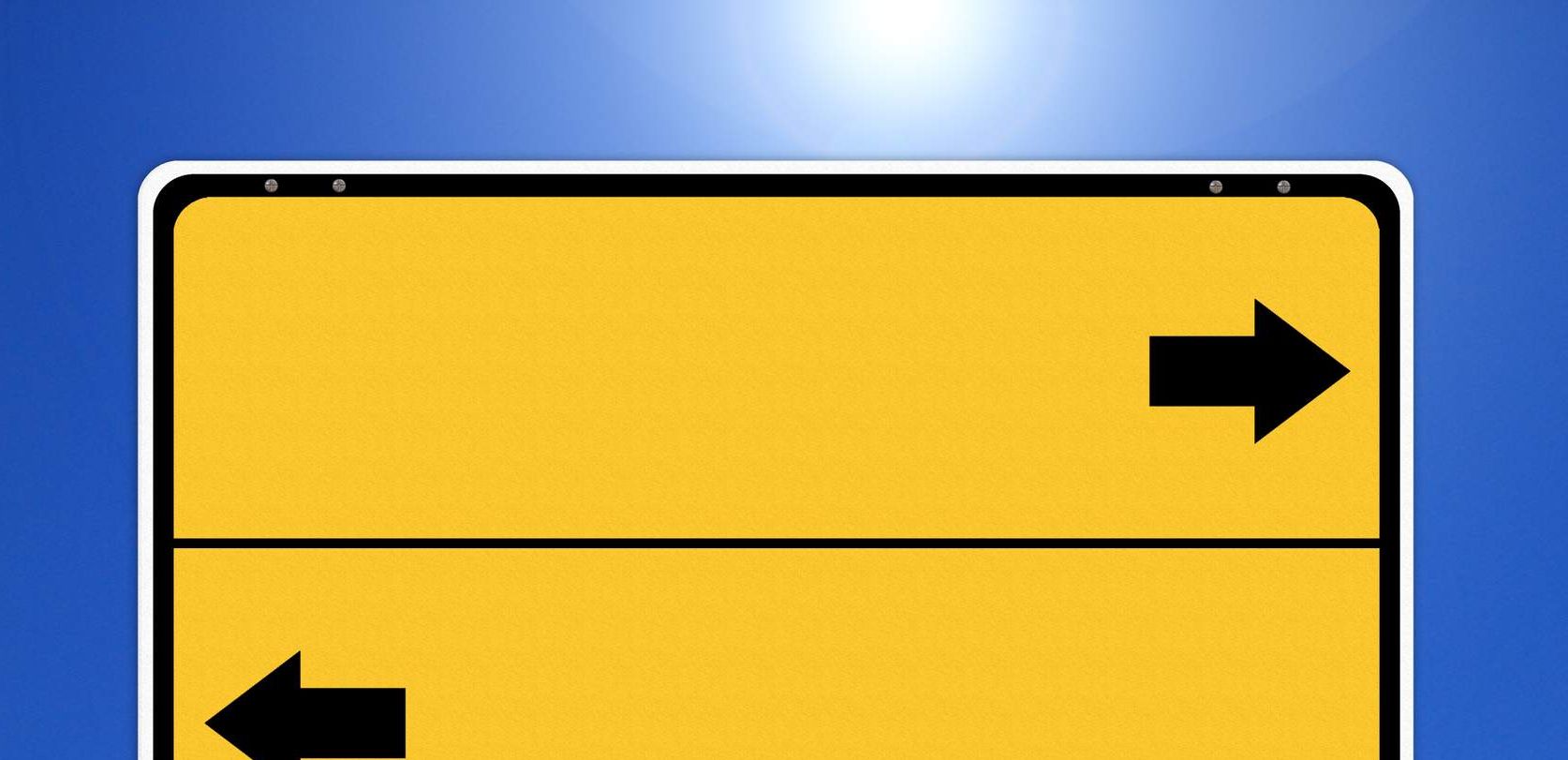63 How I Show Up: What’s my Why?
The Power of Mindfulness
There are many seminars, insights, techniques and philosophies around mindfulness. By the way, you will find more about mindful practices and mindfulness insights in other units as you explore the many units available to you.
Here we will keep it simple and suggest some ways that mindfulness works and why it is essential in what we call High Reliability Organisations (HROs). HROs and the people in them are experts in managing for the unexpected.1 They are hyper vigilant, and they are flexible, especially when they know that they are operating in complex and ambiguous environments. They are organisations, just like yours, where errors and mistakes can have catastrophic consequences. Much of the work and training within HROs is focused on safety and careful execution. There is much more about HROs in other units if you want to explore their nature and purpose in more detail.
Karl Weick, a US psychologist, academic and consultant, has dedicated his life, along with his colleagues, to researching disasters and finding ways to help organisations like yours to avoid them, or at least mitigate the degree of damage caused. He is a great advocate of awareness that leads to mindfulness.
This is Weick’s definition of mindfulness:
“a rich awareness of discriminatory detail”.2
He writes that when people do things in their work environments they must be aware of their environment, they must be able to notice the difference among details, and also notice things that are different from their expectations. He also builds a very strong visual image by saying that “mindful people have the ‘big picture’, but it is a big picture in the moment”. 3
Given that example, take a moment to pause, and use this technique or others you have used, to ‘bring yourself into the moment’, and notice what is around you.
Read on! The next part of the exercise is coming up.
CONTINUE
Awareness improves when attention is not distracted, is focused on the here and now, is wary of pre-existing categories …. This pattern of awareness and attention is called mindfulness.4
Mindfulness is shown to help individuals in their personal lives. It is also beneficial in relationships with others and in the workplace. Given your role in the Army, how you ‘show up’, how you relate to the life you lead in the Army and how you perform in that role and in that life, matters. Chade-Meng Tan, who has long been associated with Google5, suggests that strong, stable and perceptive attention allows for calmness and clarity. These characteristics also tend to be related to self-awareness because we can see ourselves objectively, from a third person perspective.
This can also help us with response flexibility which is the ability to pause before taking action.
Building mindfulness is clearly an important step in this response flexibility.
Remember that your Reflective Practice Unit gave you some great ways to help you be aware of what’s around you. Refer back to your Reflective Journal for tips and reminders.
Activity
You just spent some time ‘bringing yourself into the moment’. We want you now to be aware of the power of this response flexibility. We want you to do this by exploring a situation from your recent past.
Think of a situation where you needed to make sense of what was happening around you.
- Describe the situation.
- What was the importance of the situation?
- What did the pause feel like?
- What was the outcome and what steps did you take that enabled a productive outcome?
If you can’t think of a situation describe one that you have observed.
- What did it look like?
- Why did the response flexibility lead to better outcomes?
- How did it enable better thinking?
To completely benefit from the power of mindfulness experts suggest that you work to take the practice into all parts of your life.
Here are three concepts for you to explore that focus on effective communication that are built on mindful techniques.
These have been adapted from Karl Weick’s work6and the work of Chade-Meng Tan.7 By the way, there are many others who highlight the power of this mindset. We have chosen these practitioners because they are experts in exploring the practice and benefits and how they apply in organisations like yours.
The three concepts are:
-
Mindfulness in activity.
-
Mindfulness towards others.
-
Mindfulness in conversation.
Let’s take a look at each of these in a little more detail.
Activity
Let’s pull these three techniques together as a practice exercise.
Mindfulness in activity is the act of giving full attention to what you are doing at any one moment.
Mindfulness towards others is the act of giving your full attention, without judgement, to another person or group of people.
Mindfulness in conversation is a communication process based on listening, looping and dipping that enables conversation effectiveness because we are focused on the other during the process, we are clarifying what we hear and say and we are self-checking our thought.
Now, the next time you are preparing for a high-stakes conversation, prepare the conversation in your Reflective Journal. Note the three steps of mindfulness in activity, towards others and in conversation. Keep your Journal at hand in case you need to check the steps.
When you are finished the conversation make notes about how it went. Think about each step of the process and when and how you practiced the mindfulness steps.
Over time these become part of your everyday and you will find that others appreciate their conversations with you because they are productive and you can discuss challenging issues without becoming lost.
In the next section you will start to explore your personal strengths and capabilities. This is the perfect time to practice mindfulness. As you prepare for the next section start thinking about what you do every day and what you bring to those activities. Bringing mindfulness to your daily actions helps you to understand and appreciate your strengths and your contributions.
References
- Weick, K. E., & Sutcliffe, K. M. (2011). Managing the Unexpected: Resilient Performance in an Age of Uncertainty. Wiley. https://books.google.com.au/books?id=GU55MJOp1OcC
- Ibid.
- Ibid. p. 32.
- Weick, K. E., & Sutcliffe, K. M. (2006). Mindfulness and the quality of organizational attention. Organization Science, 17(4), 514-524.
- Tan, C.-M. (2012). Search Inside Yourself: The Unexpected Path to Achieving Success, Happiness (and World Peace). Harper One.
- Weick, K. E., & Sutcliffe, K. M. (2011). Managing the Unexpected: Resilient Performance in an Age of Uncertainty. Wiley. https://books.google.com.au/books?id=GU55MJOp1OcC
- Tan, C.-M. (2012). Search Inside Yourself: The Unexpected Path to Achieving Success, Happiness (and World Peace). Harper One.




